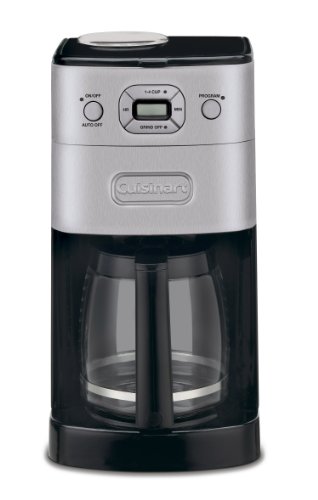A coffee maker is a special kitchen appliance that helps produce fantastic tasting coffee any time of the day. Investing in a coffee maker at home reduces the need to stop by a popular coffee chain to buy expensive readymade coffee. It is undeniable though, that the price paid for a cup of commercially served coffee is worth every penny. Owning a coffee machine does not guarantee a great tasting fix each morning, because, the truth is, there are still trade secrets and expert techniques that must be mastered.
Coffee preparation techniques can be learned in various ways, there are cookbooks, do-it-yourself websites, and a lot more channels. Practically, in this day and age, knowledge is just around the corner, waiting to be visited via the internet. However, there may be times when all steps have been tried and still the result is unpleasant. When this happens, it is time to inspect the machine.
Ensure that the coffee maker is well cleaned and free of debris and residue before and after using it. Left over coffee granules settle on the jug and the filter holes that affect the flavour and creaminess. Never clean the equipment parts with soap or detergent because these contain acidic elements that stick or may scrape the metal container. The best material to use is a food grade coffeemaker non-detergent cleaner. Its primary ingredient is sodium metasilicate and sodium perborate. Coffee is a very sensitive liquid, a slight imbalance in the measurement or residue will reflect on the extract.
Always cleanse the groupheads of the espresso machine by backflushing using the designated portafilters without holes. Backflushing allows the pressurized water and cleaner to circulate around the grouphead with force. This process frees the clogged and strayed grains. To free the portafilters of grains that were stuck in the strainer holes, soak these in a tub of hot water mixed with coffeemaker cleaner. Scrub it lightly after an hour then put it back on its group head and let water drip through for a minute.
To clean drip machines, place a tablet of cleaner on the filter basket or, in case of a powder cleaner, use a filter paper with the metal basket. Activate the drip machine as if regularly brewing coffee, leave the water and cleaner solution in the jug for about an hour, and rinse thoroughly.
Proper maintenance is necessary to achieve a great cup of coffee. Make sure that the equipment is calibrated to release the optimum amount of water; otherwise, the extract will be bland or bitter. Temperature must also be adjusted because coffee brews properly at a certain boiling point. Lower temperature will not extract the bean's full flavour and if the water goes any hotter, it could scald the grounds.
Lastly, do not make a habit of using different roasts on a single coffee maker or brewer if there are usual instances of leaving the liquid in the container for a long period. It leaves stains and residue that even diligent cleaning will fail to remove and these affect the flavour of other roasts.
Rca Dcm425c Compare 16gb Micro Card Reviews Discounted Capresso Coffee









